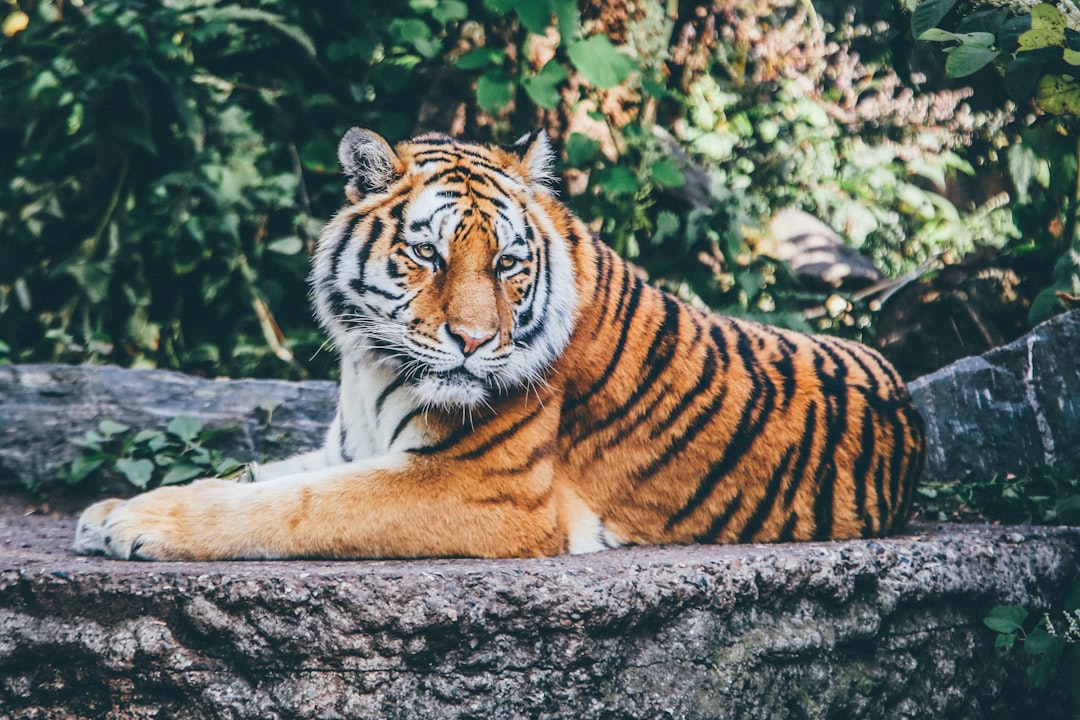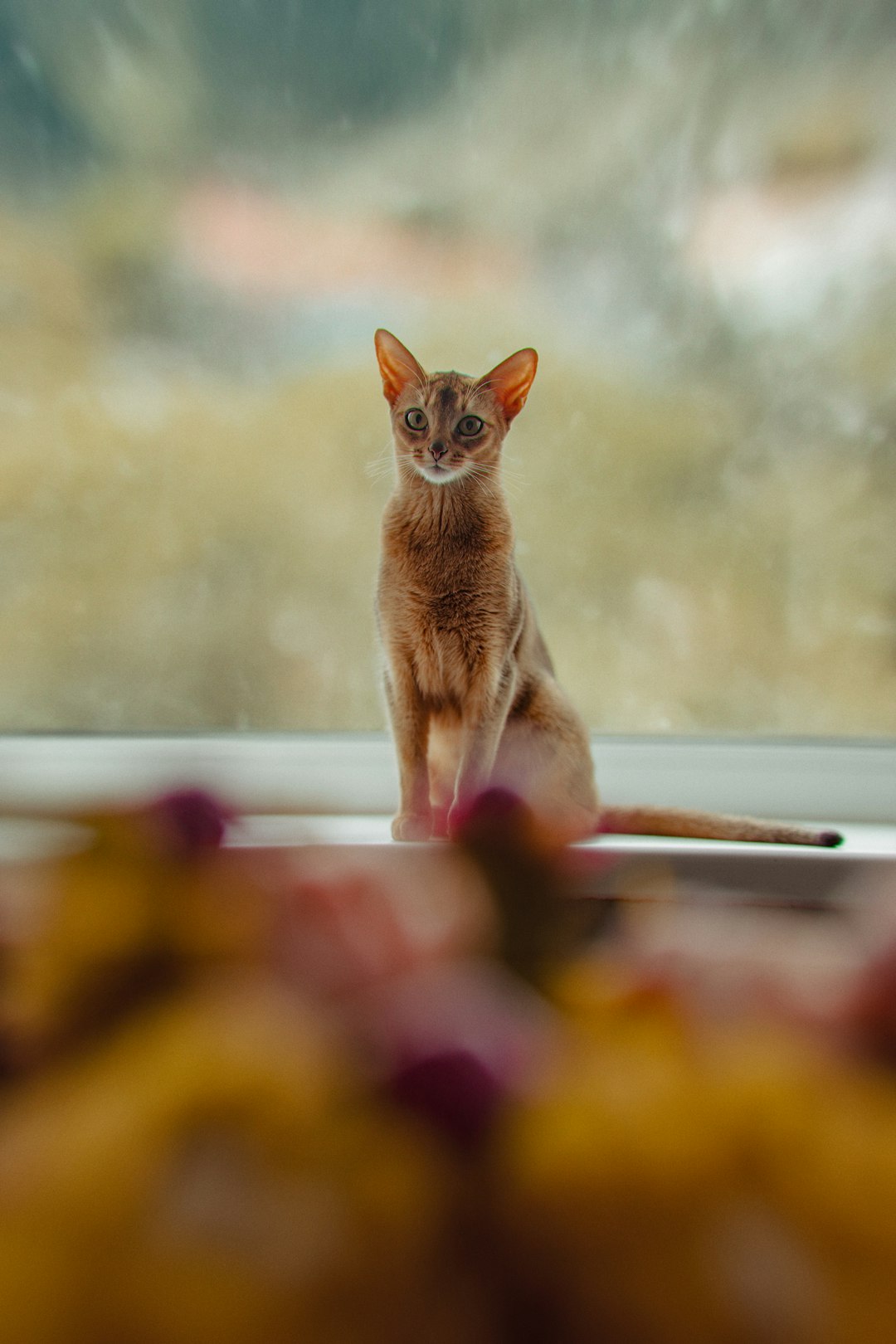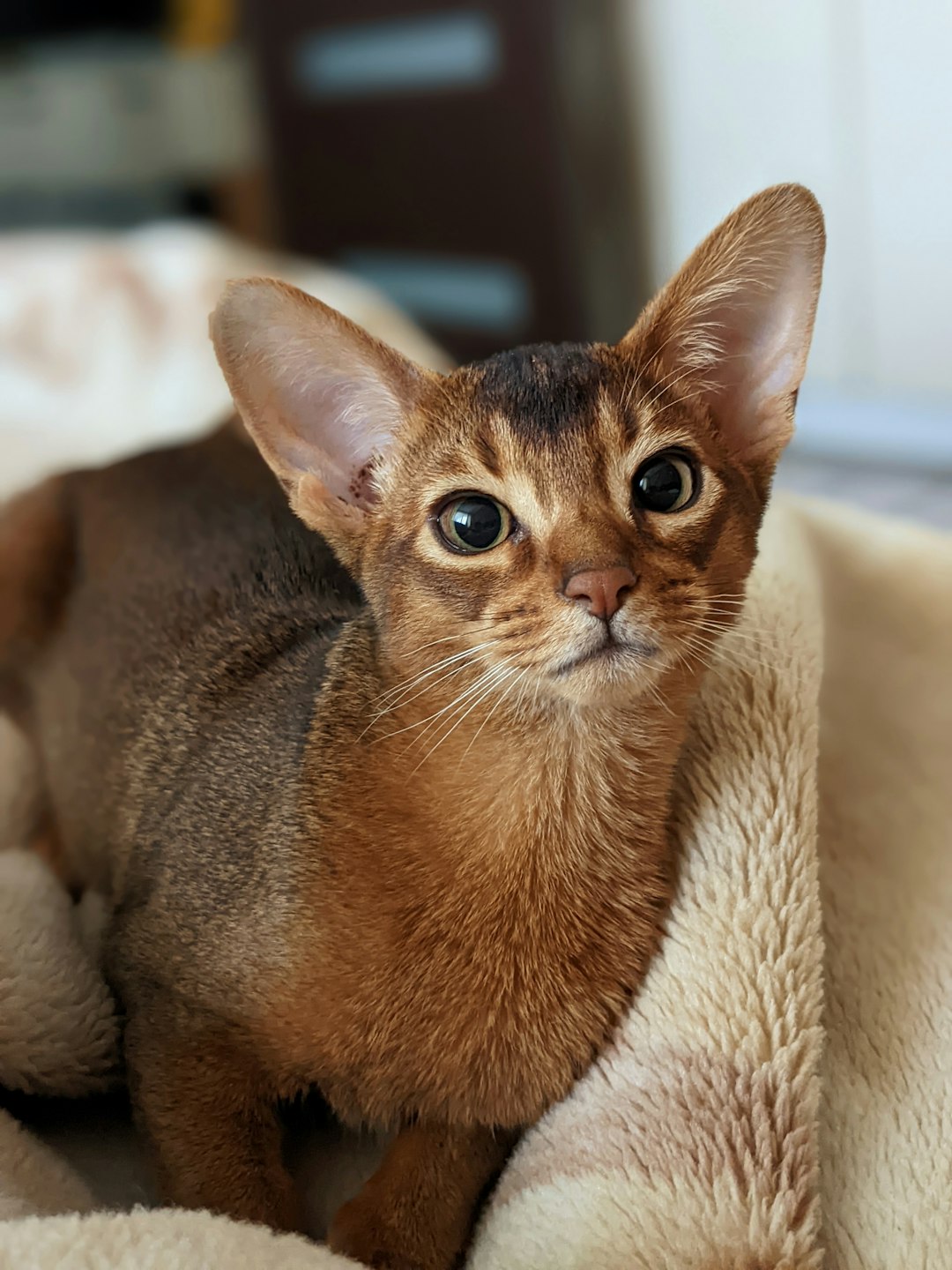The Snow Bengal Cat captivates feline enthusiasts with its striking appearance and playful personality. This breed, known for its dazzling coat, combines the elegance of domestic cats with the exotic allure of leopard-like markings. Understanding the history, physical traits, and care requirements of the Snow Bengal Cat is essential for prospective owners. By delving into topics such as temperament, grooming needs, and nutritional guidelines, you will be well-equipped to provide the best care for your new furry companion.
History of the Snow Bengal Cat
The fascinating history of the Snow Bengal Cat begins in the 1960s when breeders sought to create a breed that captures the wild beauty of exotic cats while retaining a domestic demeanor. Here’s a brief overview of its origins:
Hybrid Origins: The Snow Bengal Cat descends from a hybrid between domestic cats and the Asian leopard cat. This mix endowed them with their striking appearance.
Bengal Development: In the late 20th century, breeders began selecting specific traits, particularly the snow coloration. This resulted in the three main snow variations: Snow Lynx Point, Snow Sepia, and Snow Marble. Each variation has a unique pattern and color scheme.
Recognition: The Snow Bengal Cat received official recognition in 1983, thanks to the International Cat Association (TICA). This acknowledgment fueled interest among cat fanciers and breeders alike.
In summary, the Snow Bengal Cat is not just a pretty face; its lineage reflects a careful blend of wild ancestry and deliberate breeding, creating a breed admired for both beauty and temperament.

Physical Characteristics of the Snow Bengal Cat
The Snow Bengal Cat boasts a unique appearance that captures the hearts of many cat enthusiasts. These stunning felines show off striking features, reminiscent of their wild ancestors yet embodying a distinctive charm. Here are some of the key physical characteristics of the Snow Bengal Cat:
Coat Color: The Snow Bengal’s fur has a beautiful, creamy white background with darker spots or rosettes, making them resemble a snow leopard.
Pattern Variations: Snow Bengals come in three primary patterns:
- Sepia: Rich brown markings.
- Mink: Lighter, softer shades of coloration.
- Solid White: Uniformly creamy with subtle markings.
Eye Color: Their vivid blue to green eyes provide an enchanting contrast to their striking coat.
Body Build: The Snow Bengal boasts a muscular and athletic physique, characterized by:
- A long, sturdy frame
- Broad head with high cheekbones
- Medium to large size
In summary, the Snow Bengal Cat is a remarkable breed with a combination of elegance and wild charm, making these cats a spectacular addition to any household.
Temperament and Behavior Traits
The Snow Bengal Cat is renowned not just for its stunning appearance, but also for its captivating personality. Understanding the temperament and behavior traits of this breed is essential for prospective owners. Here are some key characteristics of Snow Bengals:
Affectionate: Snow Bengal Cats thrive on social interaction. They bond closely with their human companions and enjoy cuddling and playing.
Intelligent: These cats possess remarkable intelligence, often mastering tricks and games quickly. This makes them ideal candidates for interactive toys and puzzles.
Playful: Snow Bengals have a playful nature, and they require regular playtime to keep them mentally stimulated. Engaging them with feathers, balls, or laser pointers can provide hours of entertainment.
Energetic: Snow Bengals are active and agile cats. They love to climb, jump, and explore their surroundings, so having vertical spaces is beneficial.
Curious: Their inquisitive nature means they are always exploring new areas of their home. Providing them with stimulation and safe environments is crucial.
In summary, the Snow Bengal Cat is a lively and loving companion that thrives in an engaging home environment. By understanding their unique traits, you can ensure a happy and fulfilling life for your furry friend.
Health Considerations for Snow Bengals
When it comes to the health of a Snow Bengal Cat, owners should remain vigilant. This breed, beloved for its unique looks and playful personality, can face specific health issues. Here’s what to watch for:
Common Health Issues
- Hypertrophic Cardiomyopathy (HCM): This heart condition is common in Bengal cats. Regular veterinary check-ups help in early detection.
- Spinal Muscular Atrophy (SMA): A genetic condition affecting muscle control. Discuss genetic testing with your veterinarian.
- Eye Problems: Some Snow Bengals may develop vision issues, particularly as they age.
Preventive Care Tips
- Regular Vet Visits: Schedule annual check-ups to monitor your cat’s health.
- Vaccinations: Ensure your Snow Bengal receives all recommended vaccinations.
- Healthy Weight Maintenance: Obesity can exacerbate health issues. Monitor their diet and exercise regularly.
Signs of Illness
Be attentive to changes in your Snow Bengal Cat’s behavior or habits. Symptoms such as:
- Lethargy
- Loss of appetite
- Increased thirst
Each can indicate health problems requiring prompt veterinary care.
By prioritizing these health considerations, you can ensure a longer, happier life for your Snow Bengal Cat.
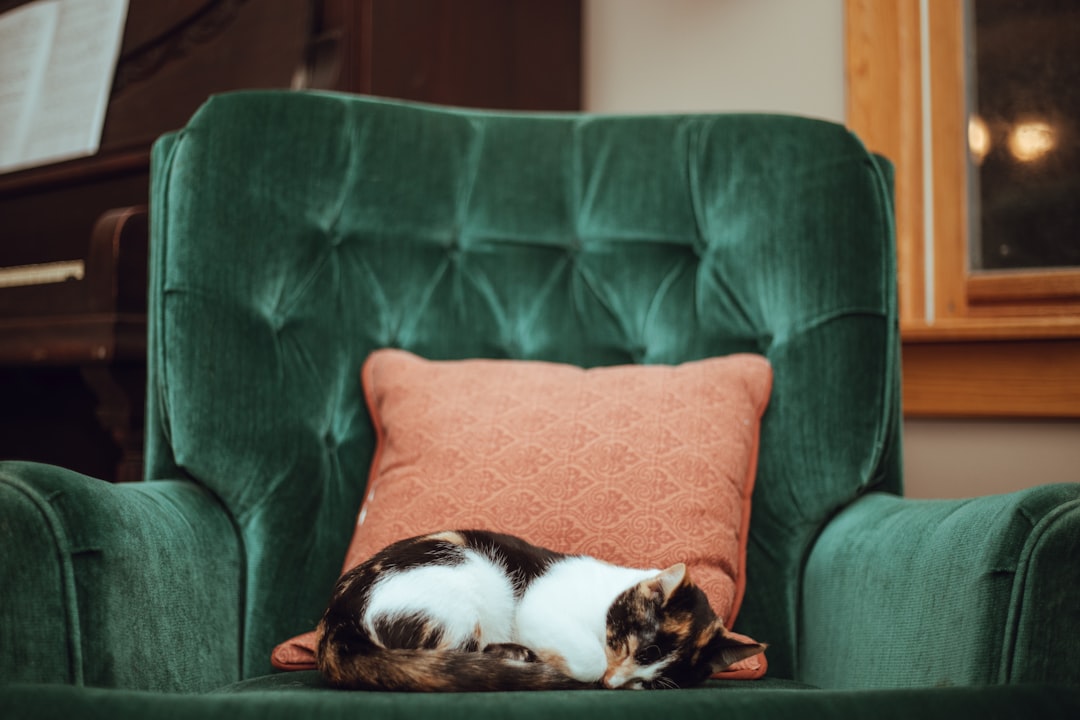
Grooming Needs and Maintenance
Caring for your Snow Bengal Cat requires attention to their grooming needs to maintain their vibrant coat and overall health. Here are essential grooming practices to adopt:
Brushing: Aim to brush your Snow Bengal weekly to remove loose hair and prevent matting. This also helps to reduce shedding and keeps their coat glossy.
Bathing: While Snow Bengals tend to be clean cats, an occasional bath may be necessary, particularly if they get into something dirty. Use a mild cat shampoo to avoid skin irritation.
Nail Trimming: Regularly trim your Snow Bengal’s nails to prevent overgrowth and injury. Aim for every 2-4 weeks, ensuring you use cat-specific clippers.
Dental Care: Incorporate dental hygiene into your grooming routine. Brush their teeth several times a week to prevent dental diseases, which are common in cats.
Ear Cleaning: Check their ears weekly for wax buildup and dirt. Clean gently with a damp cotton ball if needed.
By staying consistent with these grooming practices, you’ll keep your Snow Bengal Cat looking and feeling their best!
Diet and Nutrition Guidelines
To keep your Snow Bengal Cat healthy and vibrant, it’s essential to provide a balanced and nutritious diet. Here are some key points to consider:
- High-Quality Protein: Since Snow Bengals are active and muscular, focus on protein-rich foods. Look for options like chicken, turkey, and fish.
- Quality Ingredients: Select cat food that lists real meat as the first ingredient. Avoid fillers and by-products.
- Wet vs. Dry Food:
- Wet Food: Provides hydration and can aid in kidney health.
- Dry Food: Helps with dental health but should be served in moderation.
| Food Type | Benefits | Recommended Amount |
|---|---|---|
| Wet Food | Hydration, palatability | 1/4 – 1/2 can daily |
| Dry Food | Dental health | 1/2 – 1 cup daily |
Supplements: Consider adding omega fatty acids for a shiny coat and essential vitamins for overall health.
Avoid Toxic Foods: Keep onions, garlic, chocolates, and grapes away from your Snow Bengal Cat, as these can be harmful.
By adhering to these guidelines, you can ensure your Snow Bengal Cat maintains optimal health and energy levels!
Training Tips for Owners
Training your Snow Bengal Cat can be both a rewarding and enjoyable experience. These intelligent and energetic cats respond well to positive reinforcement techniques. Here are some helpful tips to ensure effective training:
- Start Early: Begin training your Snow Bengal Cat when they are still a kitten to establish good habits early on.
- Use Treats: Incorporate small treats as rewards to motivate your cat during training sessions. They love delicious snacks!
- Short Sessions: Keep training sessions brief (5-10 minutes) to maintain your cat’s attention. Cats have short attention spans.
- Consistency is Key: Use the same commands and signals each time to avoid confusing your Snow Bengal Cat.
Basic Commands to Teach
- Sit: Encourage your cat to sit by holding a treat above their head, moving it back, and saying "sit" when they do.
- Come: Call your cat with their name and a reward, reinforcing the behavior with praise when they approach.
- Stay: Teach patience by asking your cat to stay in one place using treats, gradually increasing the duration.
Remember, the Snow Bengal Cat thrives on mental stimulation and social interaction, so use this training time to bond with your furry friend!
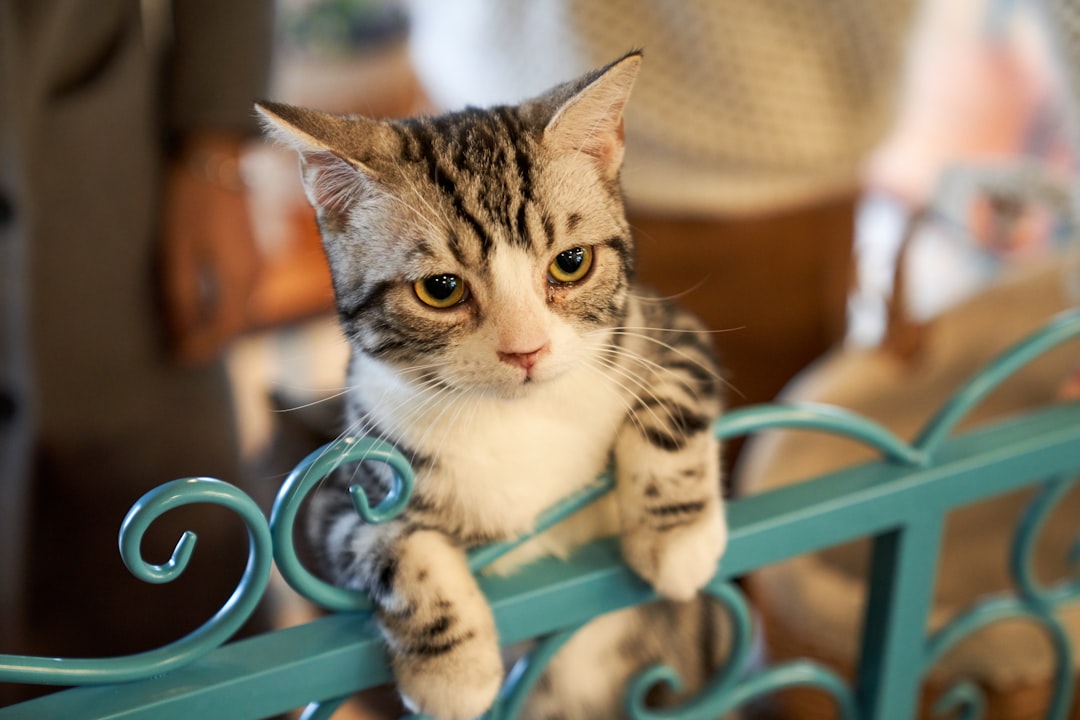
Creating a Suitable Environment for Snow Bengals
To ensure your Snow Bengal Cat thrives, creating the right environment is essential. Here are key considerations:
Space: Snow Bengals are active and playful. Provide plenty of room to explore and play, ideally a spacious home with vertical spaces like shelves or cat trees.
Climbing Opportunities: These cats love to climb. Install cat trees, climbing shelves, or sturdy furniture that allows them to conquer their territory.
Interactive Toys: Engage your Snow Bengal with various toys, such as feather wands, laser pointers, or puzzle feeders. This stimulation keeps them mentally and physically active.
Safe Outdoor Access: If possible, consider building a catio or secure outdoor area. Snow Bengals enjoy fresh air and sunshine while being protected from potential dangers.
Litter Box Setup: Provide a clean litter box in a quiet location. Snow Bengals appreciate cleanliness, so scoop regularly and ensure it is spacious enough.
By focusing on these elements, you will create a comfortable and enriching environment for your Snow Bengal Cat, promoting their well-being and happiness.
Frequently Asked Questions
What are the unique physical characteristics of a Snow Bengal cat?
Snow Bengal cats are known for their striking appearance, which includes a light cream to white background coat that features darker spots, rosettes, and marbling. Their coat is soft and luxurious, often possessing a glossy sheen. They exhibit large, oval-shaped green or blue eyes that provide a captivating contrast to their coat. Additionally, their muscular build, long legs, and prominent cheekbones give them a wild, exotic appearance, reminiscent of their Asian leopard cat ancestors.
What are the best practices for grooming a Snow Bengal cat?
Grooming a Snow Bengal cat involves regular brushing, ideally once a week, to remove loose hair and reduce shedding. This breed has a fine, short coat that doesn’t mat easily; however, they still benefit from occasional baths to keep their coat fresh and clean. It’s also important to routinely check their ears and teeth, ensuring that dental care and ear hygiene are maintained. Using a soft brush and a waterless cat shampoo can make grooming sessions more enjoyable for both you and your feline companion.
How can I ensure my Snow Bengal cat receives proper nutrition?
To provide proper nutrition for your Snow Bengal cat, select a high-quality cat food that is rich in protein, as this breed is active and has higher energy requirements. Look for formulas specifically designed for active or high-energy cats, ensuring they meet the dietary needs for their age, size, and activity level. Additionally, consider incorporating wet food into their diet for hydration and palate satisfaction. Consult with a veterinarian to develop a personalized feeding plan that caters to your Snow Bengal’s unique health and wellness needs.
What are the common health issues associated with Snow Bengal cats?
Snow Bengal cats are generally healthy, but like all breeds, they can be susceptible to certain health issues. Common concerns include hypertrophic cardiomyopathy (HCM), a heart condition that can be hereditary within the breed. Other possible health issues may include progressive retinal atrophy (PRA) and certain kidney diseases. Regular veterinary check-ups, a balanced diet, and proper exercise can help mitigate these risks. Responsible breeding practices also play a crucial role in reducing the prevalence of these genetic health issues.

